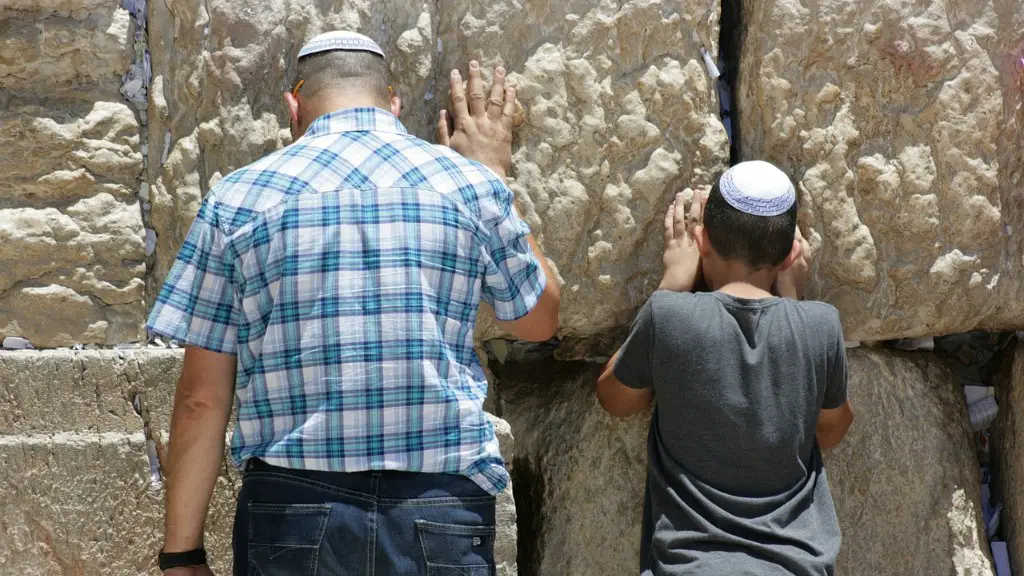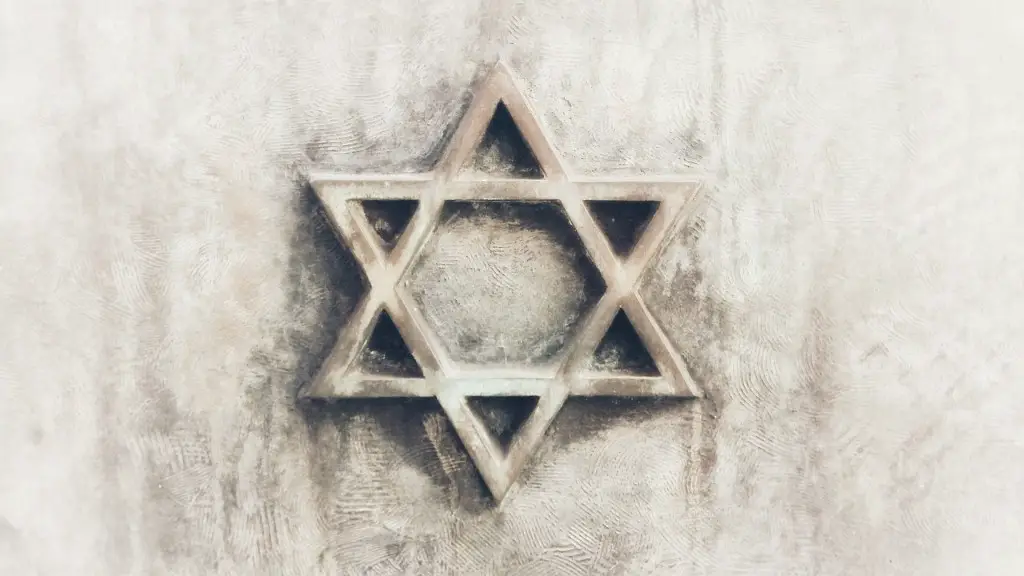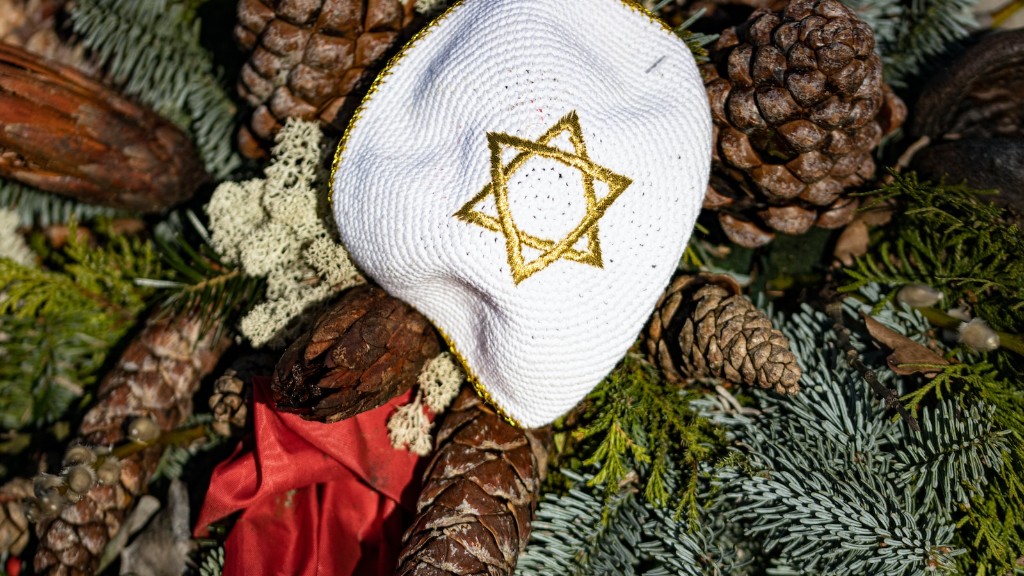What is Sitting Shiva in Judaism?
Sitting Shiva is a Jewish custom typically accompanied by a seven-day period of mourning. This period is observed by Jewish families when a family member is deceased. During this time, friends, family and well-wishers come to the family home to pay their respects and to comfort the family and offer words of comfort.
History and Purpose
Traditionally, it is believed that the custom of sitting shiva originated during ancient times as a way of offering consolation and support to the bereaved. In modern times, the purpose of sitting shiva has expanded to include helping the bereaved through the difficult period of grief. It is meant to provide a comfort and a sense of continuity for mourners during the mourning period.
How It Is Done
During sitting shiva, the family home is typically filled with visitors, who will typically remain for a few hours. While there, visitors may provide words of comfort, engage in meaningful conversations, or just listen. They may also bring food and dishes to help sustain the mourners throughout the period of shiva.
The amount of time dedicated to this mourning period varies depending on the family’s preference, however 7-14 days is typically observed. During shiva, the mourners typically remain in their homes with their lights kept low, and during the first week of shiva, the mourner does not typically leave the house. For example, if the passing took place on a Monday, the mourner will not typically go outside until the following Monday.
Why We Mourn
As the human race, we all feel the sorrow of loss in some form or another, even though each individual’s grief is unique. Mourners observe this mourning period for many reasons. It is to show respect for the deceased and to help the bereaved in their process of grieving. The rituals of sitting shiva begin with an acknowledgement of the loss, followed by an acknowledgement of the impact of the death and an acceptance of the pain.
Mourners also observe this mourning period to honor the life of the deceased and to connect with their roots and heritage. For many observant Jews, this mourning period is also seen as an opportunity to reflect on their own lives, to appreciate the time they shared with the deceased, and to gain a sense of closure.
Rituals of Sitting Shiva
When sitting shiva, it is traditional to tear a piece of clothing as a symbol of mourning. The mourner will typically also resist the urge to groom or dress in a manner that might be seen as too frivolous for the bereaved period. Well-wishers will usually come bearing food and donations for the mourner and their family.
An important part of this mourning period is for the mourner to be comforted and consoled. Many of the rituals of shiva are therefore centred around providing an environment of support and comfort to the bereaved. Throughout the seven-day period, the mourner is encouraged to talk about their loved one, to share stories and memories, and to express their emotion, as they are comforting in their own way.
The End of Shiva
At the end of the seven-day period, it is traditional for the mourner to recite the Mourner’s Kaddish, a prayer of mourning, and to then say goodbye to their guests. The mourner may continue to observe their traditions I the following weeks, such as not going outside and refraining from grooming and dressing in a normal manner.
Funerals
Funerals are typically held soon after sitting shiva and sometimes before, depending on the family’s preferences. Funerals are a time for family and friends to honour the deceased, to say goodbye and to also start on the road to healing and recovery. Funerals usually involve a rabbi or a respected figure to deliver a eulogy in honour of the deceased, and typically include customs such as kriyah (a rending of clothing when the deceased is mentioned).
Memorial Services
It is also traditional for families to arrange memorial services to remember the deceased, which can be held a few weeks after the funeral. During these services, the family and friends will typically come together and share characteristics, qualities and other attributes that they remember and appreciate about the deceased.
Understanding The Grieving Process
The process of grieving is never easy and it is important to understand and accept the pain and sadness the mourner will experience during the mourning period. It is crucial to acknowledge this grief and to allow the mourner to be in pain without trying to fix it or rush them through their grief. It is also important that the mourner has a strong support system during this time, so that they do not feel alone in their suffering.
Humour in Grieving
Some people may find that humour can be an effective way of coping with the grief of loss. Humour helps us to create new perspectives and to gain a different outlook on the tragedy that has taken place. It helps us to step away from the pain and to re-engage with life for a brief moment in time.
Healing Through Time
Healing takes time and is not easy or instantaneous, particularly when someone is grieving the loss of a loved one. During the shiva period, physical, emotional and spiritual healing is encouraged as the mourner reflects upon the meaning of death, life, and the life of the deceased.
Relationships After Grief
The death of a loved one also has an impact on your relationships with family and friends. During the shiva period, it is important to become reacquainted with those around you, to reconnect with those you care about, and to build up trust and friendship again.
Sitting shiva is a Jewish custom to respectfully mourn the death of a family member, but the reward of healing and acceptance should be used to honor their life. Although the process of healing can be a difficult one, it can also bring some sense of comfort and peace.


